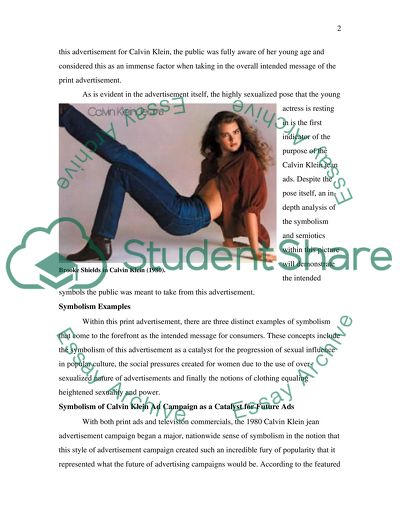Cite this document
(“Mixed Messages in Denim: Deciphering the Semiotics in a Famous 1980 Essay”, n.d.)
Mixed Messages in Denim: Deciphering the Semiotics in a Famous 1980 Essay. Retrieved from https://studentshare.org/journalism-communication/1445383-understanding-media
Mixed Messages in Denim: Deciphering the Semiotics in a Famous 1980 Essay. Retrieved from https://studentshare.org/journalism-communication/1445383-understanding-media
(Mixed Messages in Denim: Deciphering the Semiotics in a Famous 1980 Essay)
Mixed Messages in Denim: Deciphering the Semiotics in a Famous 1980 Essay. https://studentshare.org/journalism-communication/1445383-understanding-media.
Mixed Messages in Denim: Deciphering the Semiotics in a Famous 1980 Essay. https://studentshare.org/journalism-communication/1445383-understanding-media.
“Mixed Messages in Denim: Deciphering the Semiotics in a Famous 1980 Essay”, n.d. https://studentshare.org/journalism-communication/1445383-understanding-media.


